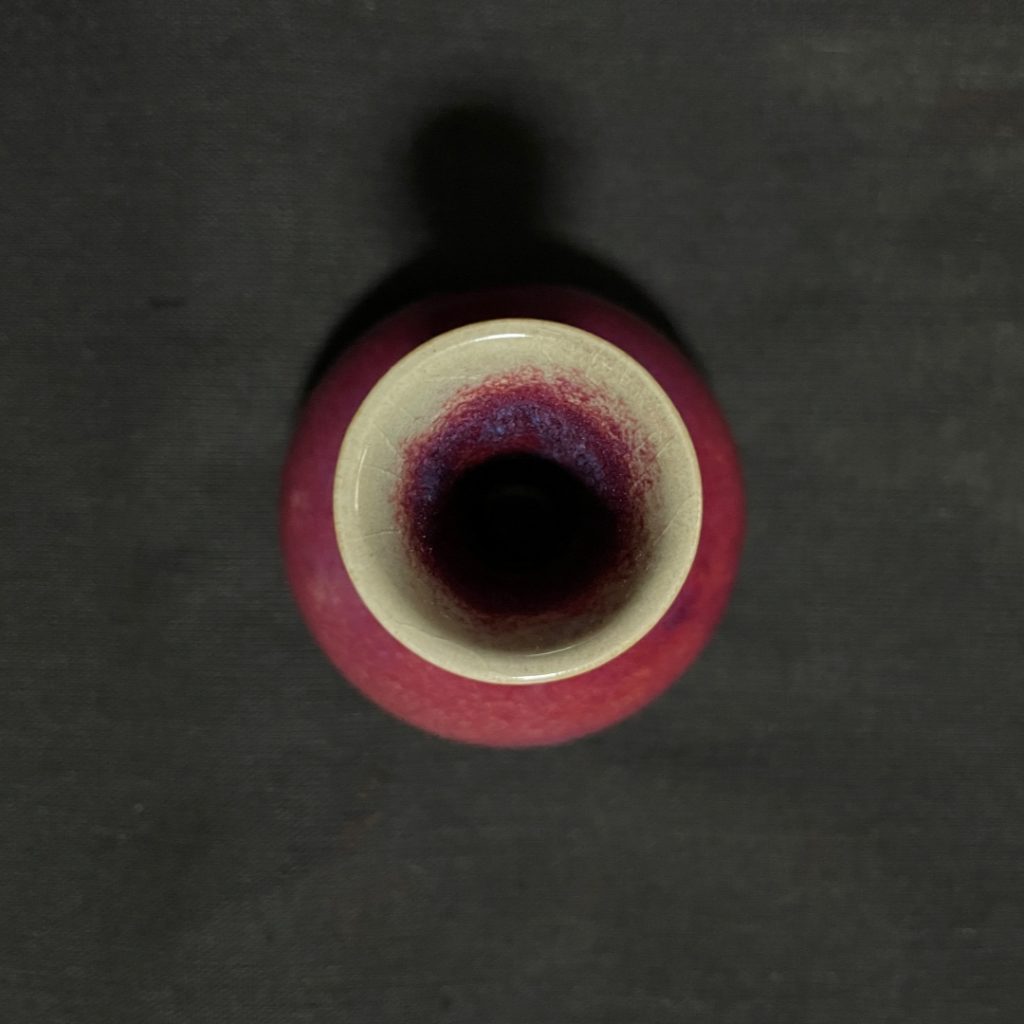The phrase “入窑一色,出窑万彩” (One color enters the kiln, a thousand colors emerge) perfectly captures the mesmerizing “Yao Bian” (kiln transformation) phenomenon of Jun Ware, a Song Dynasty masterpiece and one of China’s five iconic ancient porcelain types. As a cultural symbol of Xuchang, Henan Province, and China at large, Jun Ware embodies centuries of artistic heritage.
Producing Jun Ware demands intricate craftsmanship, involving over 72工序 (processes) from material selection to final firing. With advancements in modern technology, this ancient art form is evolving while retaining its timeless charm. At the heart of this revival is Xuchang University, located in the heart of the ceramics region. Dr. Li Weiwei, an associate professor at the School of Fine Arts and Design, has dedicated herself to bridging traditional Jun Ware heritage with contemporary youth engagement.
Embedding Local Culture into Education
Since 2007, Xuchang University has prioritized regional cultural industries, integrating education, community service, and cultural preservation. In collaboration with the local government and the Jun Official Kiln Site Museum, the university launched a specialized Product Design (Ceramics) program. By 2008, a groundbreaking “Jun Ware Design” course emerged—a program distinct from conventional curricula.
“Through this course, we aim to preserve Jun Ware’s living heritage, equipping students with both technical skills and the ability to narrate China’s cultural stories through design,” explains Li Weiwei, the course director.
The “Yao Bian” of Educational Innovation: Breaking Boundaries
The course’s transformative approach mirrors the kiln’s alchemical magic:
- Spatial Transformation:
- Classrooms now extend beyond campus into the ceramics district.
-非遗 (Intangible Cultural Heritage) masters like Kong Xiangqing, Ren Xinghang, and Yang Xiao co-teach with faculty. - Live studio recordings and online course uploads to the National Higher Education Smart Education Platform ensure accessibility.
- Classrooms now extend beyond campus into the ceramics district.
- Pedagogical Innovation:
- A hybrid model blends online MOOCs, industry专题研讨 (specialized workshops), and field实践 (practical creation in kiln zones).
- Students design their own Jun Ware pieces, experiment with firing techniques, and reinterpret traditions through modern aesthetics.
- “The course combines vivid online lectures with hands-on visits to museums and kilns. It’s like unlocking the soul of Jun Ware,” says Wang Yaqi, a 2021 Product Design student.
- Expanding Reach:
- Over 4,000 students (including external learners and professionals) have joined the course, now a campus “treasure” for its interdisciplinary appeal.
Driving Innovation Through Partnership
Xuchang University’s collaboration with local enterprises has accelerated Jun Ware’s modernization:
- Technological Breakthroughs:
- Developed nanocoating and nanoparticle doping techniques to refine glaze surfaces.
- Enhanced kiln control via oxidation-reduction atmosphere mastery.
- Institutional Synergy:
- Launched the Houtu Ceramic Industry Institute to align education, design innovation, and industrial needs.
A Vision for Cultural Renewal
“Reviving cultural heritage requires more than preservation—it demands creative reinvention,” emphasizes Guo Tao, Party Secretary of Xuchang University. “By integrating traditional craftsmanship with modern pedagogy and industry partnerships, we empower youth to become cultural ambassadors. This course isn’t just about ceramics; it’s about nurturing a new generation that can shape China’s cultural renaissance.”
